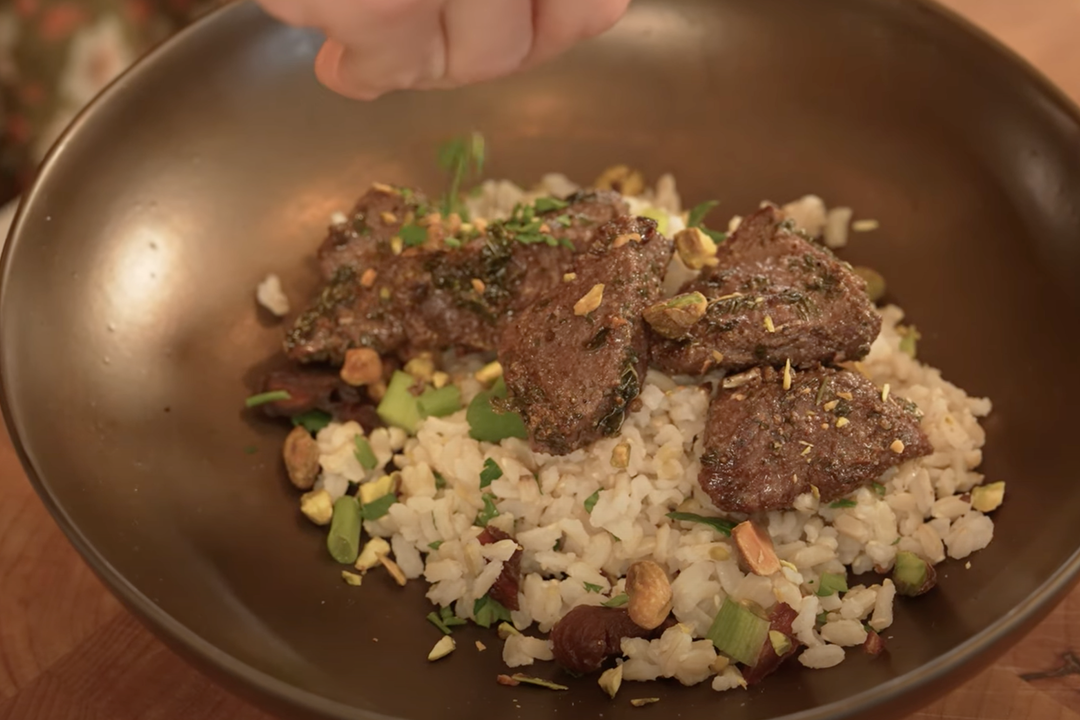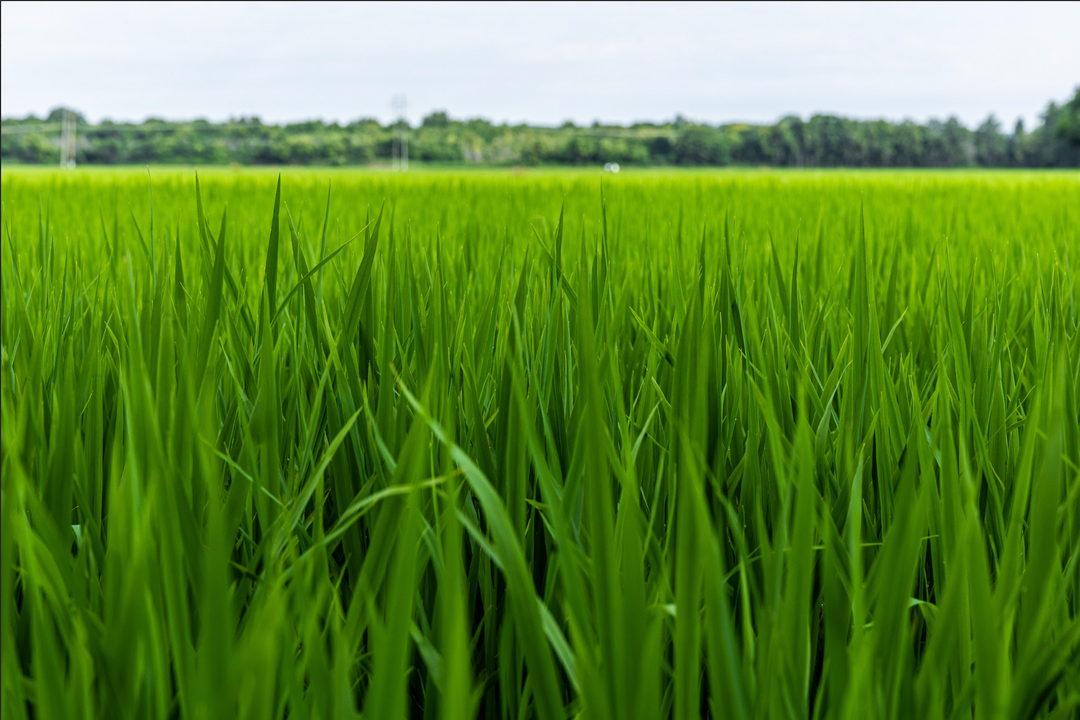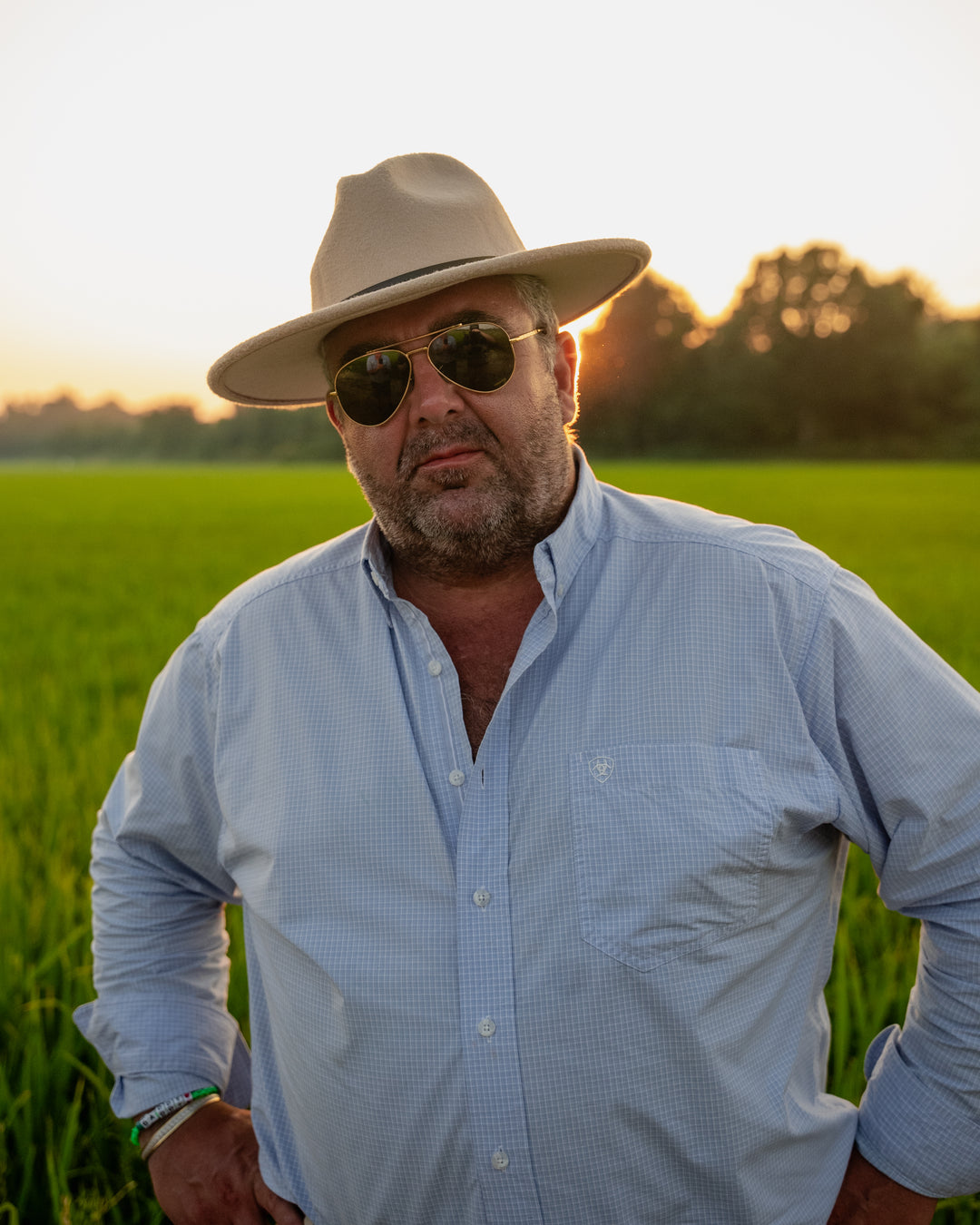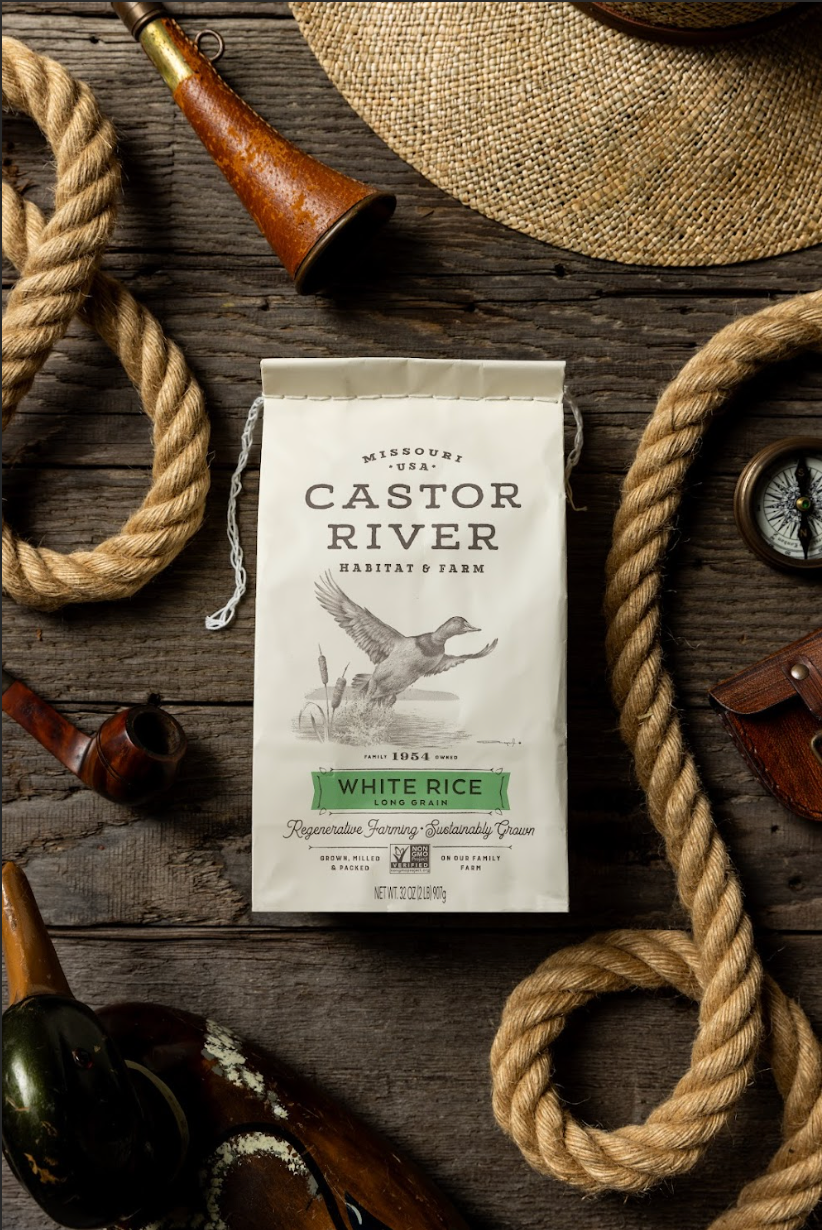How Regenerative Farming Captures Carbon

There’s no shortage of talk about carbon these days. It’s in the atmosphere, driving up temperatures and drawing global concern. But carbon isn’t inherently bad. It’s a building block of life.
The real issue is location. Too much carbon in the air, not enough in the soil. Regenerative farming shifts that balance by bringing carbon back where it belongs.
Healthy Soil Is a Carbon Sponge
Every plant pulls carbon dioxide from the atmosphere as it grows. Through photosynthesis, that carbon gets converted into sugars and stored in roots. When those roots break down, and when plants shed leaves or stems, the carbon is transferred into the soil. That’s where things get interesting.
Soil that’s been treated like dirt—tilled, sprayed, and stripped of organic matter—can’t hold onto much of anything, let alone carbon. But living soil, full of microbes, fungi, and organic matter, acts like a sponge. It grabs hold of carbon and keeps it underground. The more carbon it holds, the more resilient that soil becomes. It retains water better. It feeds crops more evenly. It fosters biodiversity above and below the surface.
Farming Practices That Pull Carbon Downward
Regenerative farming isn’t one practice. It’s a system built on relationships. Between plants and microbes. Between animals and fields. Between people and the land they steward. Each piece plays a role in capturing and storing carbon.
-
Cover crops protect bare soil from erosion and keep photosynthesis going year-round. They feed soil microbes that lock in carbon.
-
No-till or low-till methods avoid disrupting soil structure, preserving underground carbon stores.
-
Rotational grazing mimics natural herd movement, encouraging root growth and nutrient cycling, which strengthens carbon capture.
-
Composting and organic amendments add rich carbon-based material right back into the earth, enhancing microbial activity.
Each of these choices turns a field into a carbon sink, rather than a carbon source.
Carbon Capture Isn’t a Trend. It’s a Return.
None of this is new. Indigenous cultures and early agrarians understood that when you feed the land, it feeds you. They practiced intentional grazing, crop rotation, and cover planting long before these practices were given names. Regenerative farming doesn’t reinvent agriculture. It restores it.
What’s changed is the context. Today’s farmers are working in the shadow of a warming planet and an extractive food system. They’re up against soil that’s been depleted, rainfall that’s unpredictable, and markets that reward yield over quality. In that landscape, storing carbon isn’t a nice-to-have. It’s survival. And it’s also one of the most hopeful levers we’ve got.
Climate, Community, and Continuity
Capturing carbon connects directly to the health of future harvests. It helps keep fields fertile, gives rainwater a place to settle instead of running off, and supports the kind of soil that continues to nourish year after year. It’s a practical answer to both environmental shifts and the everyday needs of people who depend on the land.
The beauty of regenerative farming is that it scales with care. Whether it’s a 10-acre family farm or a larger operation rethinking its approach, the principles hold. The soil doesn’t care how big you are. It responds to how you treat it.
A Living Solution Beneath Our Feet
Carbon capture doesn’t require new machines or massive infrastructure. It’s already here, underfoot. In the roots, in the microbes, in the choices we make every season.
Regenerative farmers grow with intention. Every season, they work with the rhythms of nature to rebuild the soil and restore balance. By drawing carbon back into the ground, they create stronger ecosystems and healthier harvests. It’s steady work with lasting impact.
By drawing carbon back into the ground, they create stronger ecosystems and healthier harvests. It’s steady work with lasting impact.
That’s the approach we’ve taken: Listening to the land, adjusting with the seasons, and building soil that can support more than just a single yield. When you walk our fields, you’ll see cover crops growing where others might leave bare dirt. You’ll see rotations planned years ahead, not just for profit but for resilience.
We don’t view carbon as a buzzword. We see it as part of the bigger story of soil health, of farming with care, of leaving things better than we found them.
And we’ll keep doing that. One field, one root system, one season at a time.
Taste the difference of regeneration.









